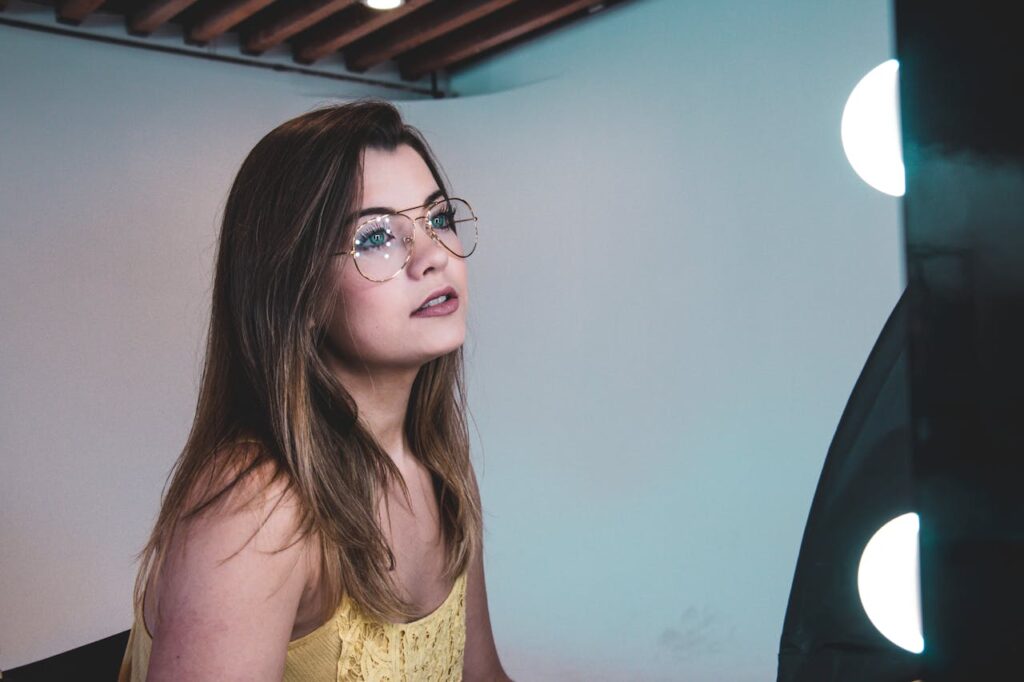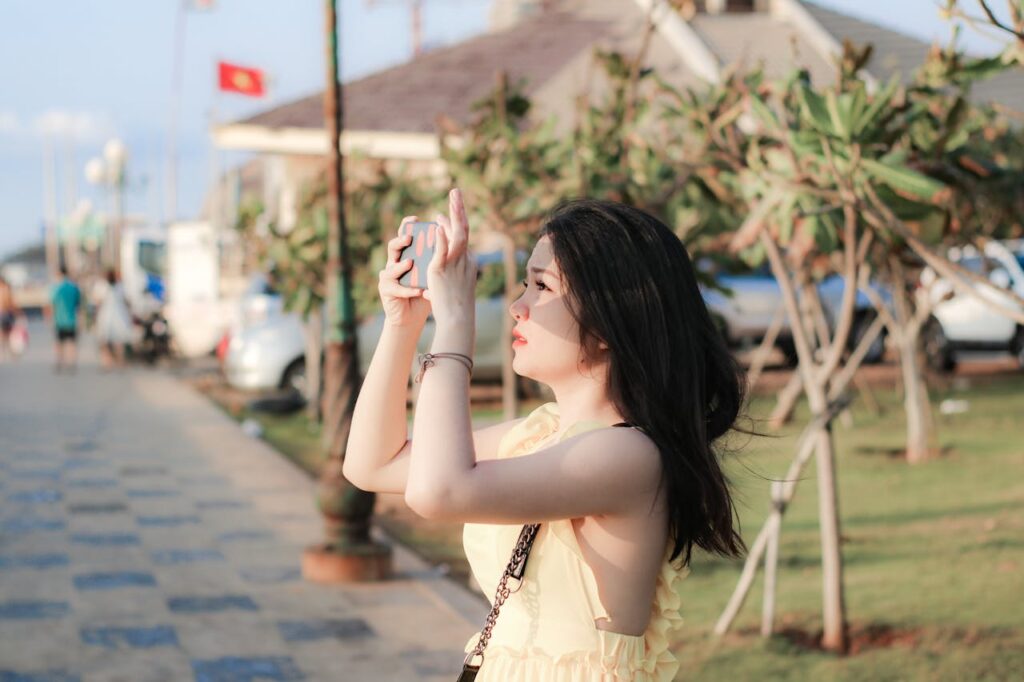Portrait orientation in photography refers to the vertical alignment of a photograph, where the height of the image exceeds its width. This article delves into the significance, techniques, artistic considerations, practical applications, and cultural impact of portrait orientation in photography for audiences in the United States.

Significance and Visual Impact
Portrait orientation offers photographers a vertical canvas that emphasizes height and verticality. Unlike landscape orientation, which prioritizes horizontal width, portrait orientation is often used to highlight subjects such as individuals, tall structures, trees, and cascading waterfalls. The orientation directs the viewer’s gaze upwards or downwards, influencing how they perceive depth, scale, and spatial relationships within the frame.

Techniques and Composition
Vertical Lines and Symmetry: Portrait orientation is ideal for emphasizing vertical lines in architecture, urban landscapes, and natural scenery. Symmetry and balance play crucial roles in composing vertically oriented photographs, with leading lines and vertical elements guiding the viewer’s eye through the frame.
Vertical Framing of Subjects: When photographing people in portrait orientation, the vertical frame allows for capturing full-body portraits, emphasizing posture, gesture, and expression. This orientation is commonly used in formal portraits, fashion photography, and editorial spreads to convey elegance, authority, and intimacy.
Negative Space and Depth: Utilizing negative space above and below the subject enhances the sense of isolation or grandeur, depending on the intended mood of the photograph. Portrait orientation can create a sense of intimacy by filling the frame with the subject or evoke awe by emphasizing vertical scale and perspective.

Artistic Considerations
Portrait orientation encourages photographers to explore creative compositions that differ from traditional landscape formats. By orienting the camera vertically, photographers can capture scenes with a sense of height, drama, and narrative focus. This orientation lends itself well to storytelling, emphasizing vertical movement, growth, and the dynamics of upward or downward motion within the frame.

Practical Applications
Advertising and Editorial Photography: Portrait orientation is widely used in advertising campaigns, magazine covers, and editorial layouts to showcase products, personalities, and visual narratives that benefit from vertical emphasis. This orientation often enhances visual impact and readability in print and digital formats.
Social Media and Mobile Photography: With the rise of social media platforms like Instagram and TikTok, portrait-oriented photographs are popular for sharing personal portraits, lifestyle content, and vertical videos optimized for mobile viewing. The vertical format maximizes screen space and engagement on smartphones and tablets.

Cultural Impact and Trends
Digital Media and Visual Communication: In digital media, portrait orientation complements scrolling behavior and user engagement on websites, mobile apps, and social media feeds. The prevalence of vertical-oriented content reflects changing consumption habits and preferences among audiences in the United States.
Artistic Expression and Innovation: Contemporary photographers and visual artists continue to experiment with portrait orientation to challenge conventions, evoke emotional responses, and explore new perspectives on subjects, landscapes, and cultural themes.

Conclusion
In conclusion, portrait orientation in photography offers a versatile and expressive approach to capturing vertical perspectives, emphasizing height, scale, and narrative focus. Whether used for documenting individuals, architectural landmarks, or natural landscapes, portrait orientation enriches visual storytelling by highlighting vertical elements and guiding the viewer’s gaze through dynamic compositions.
By understanding its significance, techniques, artistic considerations, practical applications, and cultural impact, photographers in the United States can harness the power of portrait orientation to convey meaning, evoke emotions, and engage audiences in compelling visual narratives that transcend traditional boundaries of horizontal photography. Portrait orientation continues to evolve as a dynamic tool for creativity, innovation, and communication in the ever-changing landscape of visual arts and photography.
